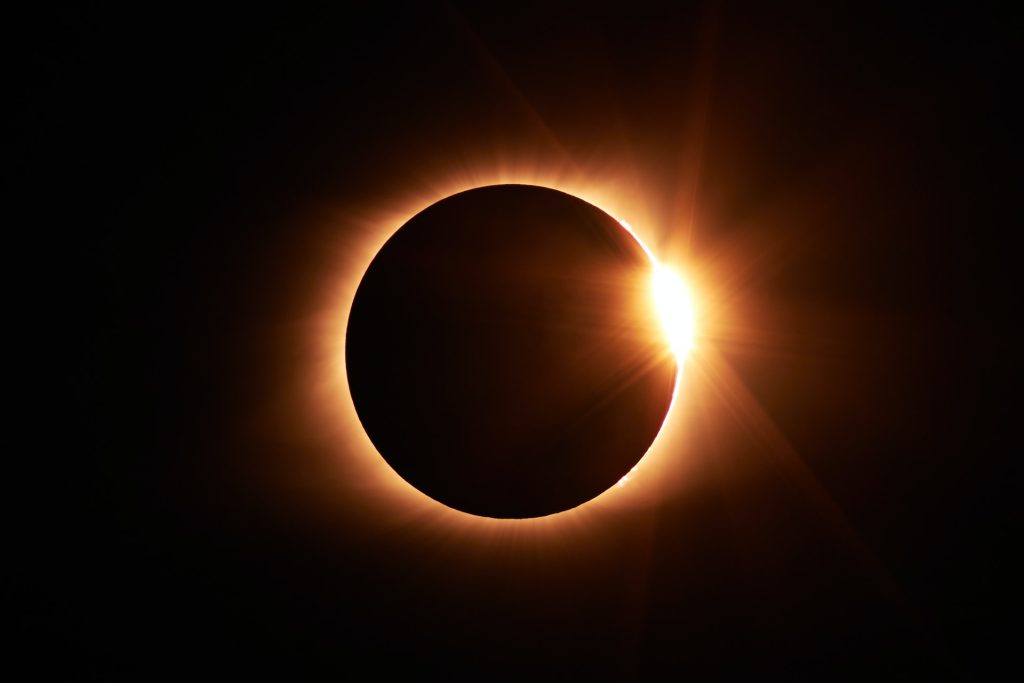In the vast cosmic ballet, where the sun takes center stage, storms of celestial proportions unfold. Despite the sun’s seemingly distant existence, the storms on its fiery surface can cast a significant influence on our terrestrial radio communication systems. At the heart of this cosmic interaction lies the intriguing phenomenon of solar flares – brief, intense eruptions of radiation fueled by the sun’s magnetic energy. This blog explores the captivating interplay between solar flares and our radio communications, delving into the disruptions they cause and the innovative solutions that technology offers.

Understanding the Celestial Fireworks
Solar flares are like celestial fireworks, dazzling eruptions of energy originating from the sun’s surface. These eruptions, spurred by magnetic storms on the sun, release charged atomic particles, predominantly protons and electrons. The result? Sunspots, intensely bright phenomena that captivate our attention. While these sunspots are transient, dissipating over time, their impact can resonate for minutes to hours, creating a celestial symphony that occasionally reaches our technologically dependent world.
NASA’s Classification
NASA classifies solar flares into three categories: C-class, M-class, and X-class. The most common, C-class flares, typically have negligible impacts on Earth. M-class flares, of intermediate size, have been known to cause localized power outages. However, it is the mighty X-class solar flares that wield the greatest cosmic power. Historically, these colossal flares have induced significant disruptions, including massive blackouts that echo across our interconnected world.
The Caribbean Islands and the X-Class Solar Flare
Illustrating the potential havoc wreaked by an X-class solar flare, we revisit September 6, 2017. At the height of the Atlantic hurricane season, an X-class solar flare erupted at 8 a.m. local time. Simultaneously, powerful storms, including Hurricane Irma, Tropical Storm Jose, and Tropical Storm Katia, were brewing in the Atlantic Ocean. This celestial confluence disrupted radio communications for the Caribbean islands and parts of the southern United States. The cosmic interference was tangible, with radio operators describing it as akin to the sudden static of frying bacon, followed by an abrupt loss of signal.
The Audible Solar Flare
“You can hear a solar flare on the air as it’s taking place,” says Bobby Graves, a ham radio operator managing the Hurricane Watch Net website for the National Hurricane Center. In a conversation with the American Geophysical Union, he vividly describes the experience – the crackling static, reminiscent of bacon sizzling in a pan, followed by a sudden plunge into silence. This audible manifestation of solar flares adds an intriguing dimension to our understanding of these celestial events.

Solar Flares and Radio Communications
So, how do these solar flares manage to disrupt our radio communications? The interference primarily targets the active frequencies of communication systems, particularly High-Frequency (HF) radios and transceivers. The charged particles unleashed by solar flares interfere with the smooth transmission of signals, creating disruptions that can range from minor static to complete signal loss.
Overcoming Cosmic Interruptions
Enter the realm of technological innovation, where companies like Barrett Communications are at the forefront of customizing communication products to mitigate the impact of rogue solar flare activity. By developing solutions that adapt to and overcome interruptions caused by solar flares, these advancements ensure a more resilient and reliable communication infrastructure even in the face of celestial turmoil.

As we navigate the cosmic waves influenced by solar flares, we gain a profound appreciation for the interconnected dance of celestial bodies and our technological endeavors. Solar flares, though distant in origin, have the power to reach across space and time, affecting the very fabric of our communication systems. In this dance between the cosmic and the terrestrial, innovation becomes the guiding star, enabling us to overcome disruptions and forge ahead into the boundless expanse of our technological future.





